On the edge of the Piney Woods in East Texas, Lake Fork Reservoir covers what not long ago was densely wooded forestland. Even today, more than four decades after the area was first dammed up, you can see the evidence. At various spots, spindly tree limbs puncture the water’s mirrored surface, like unearthly creatures trying to climb out of a liquid grave.
Those tangles of dead branches make Lake Fork tricky for boaters, who must pay close attention while moving along its 27,264 acres. But they’re a boon to the thousands of largemouth bass that inhabit the reservoir. Bass aren’t native to Lake Fork—it’s a man-made reservoir, after all—but since their introduction by the Texas Parks and Wildlife Department in 1979, even before the lake was filled, they have mostly thrived amid the hiding and feeding places created by the trees, underwater grasses, and the deep creek beds that crisscross the murky bottom.
In quick pursuit of them has come another highly adaptive species: bass fishermen. Each year, they arrive by the tens of thousands, from around Texas, across the country, and even places as far-flung as Italy and Japan, to catch monster-size bass. Recreational angling on Lake Fork reels in more than $20 million in revenue annually for Wood, Rains, and Hopkins counties, all of which are partly covered by the reservoir. With its boat ramps, tackle shops, shoreline lodges, taxidermy studios, and rental cabins, much of Lake Fork looks like one big fishcamp.
The reason for the lake’s popularity isn’t a mystery. Bass fishermen prize large fish, and Lake Fork, with its strict catch-and-release rules and multimillion-dollar breeding program, is home to freakishly large fish. Since 1986 it has given up at least 260 largemouth bass weighing more than thirteen pounds, more than any other lake in Texas, which is one of the best bass-fishing states in the country. Of the top ten largest bass ever caught and reported in our state, seven came from Lake Fork; the biggest, at 18.18 pounds, was caught in 1992. Many of these trophies are the result of ShareLunker, TPWD’s 33-year-old effort to reward and encourage anglers to donate their live catches for spawning, ensuring mammoth fish for years to come. (The program was recently expanded, which has led to even greater participation.)
It takes patience and skill to land a trophy fish, especially in Lake Fork, where the fish “have seen every lure available to man,” says Evan Cartabiano, a regional fisheries biologist with TPWD. The best chances come in the spring; every year from February through May, Lake Fork features at least one fishing competition nearly every weekend. From May 2 to 6, the lake will host its most prestigious tournament yet, Texas Fest, a Bassmaster Elite Series competition with a million-dollar purse for the winner. The competition will likely draw professionals from all over the globe. On a recent February morning, though, an early-season tournament seemed to attract only hard-core Texas bass fishermen who weren’t scared off by cold weather that, among other things, makes the bass less likely to head toward the surface to bite at a lure. These are men—and in this case they were all men—who come for the camaraderie, the spray of water on their faces, the chance to show off their newest lures, and the pursuit of one overriding ambition. “Lake Fork is not where you come to catch a lot of fish,” says Mike Kostial, a longtime member of the Lake Fork Sportsman’s Association. “You come here to catch the big one.”

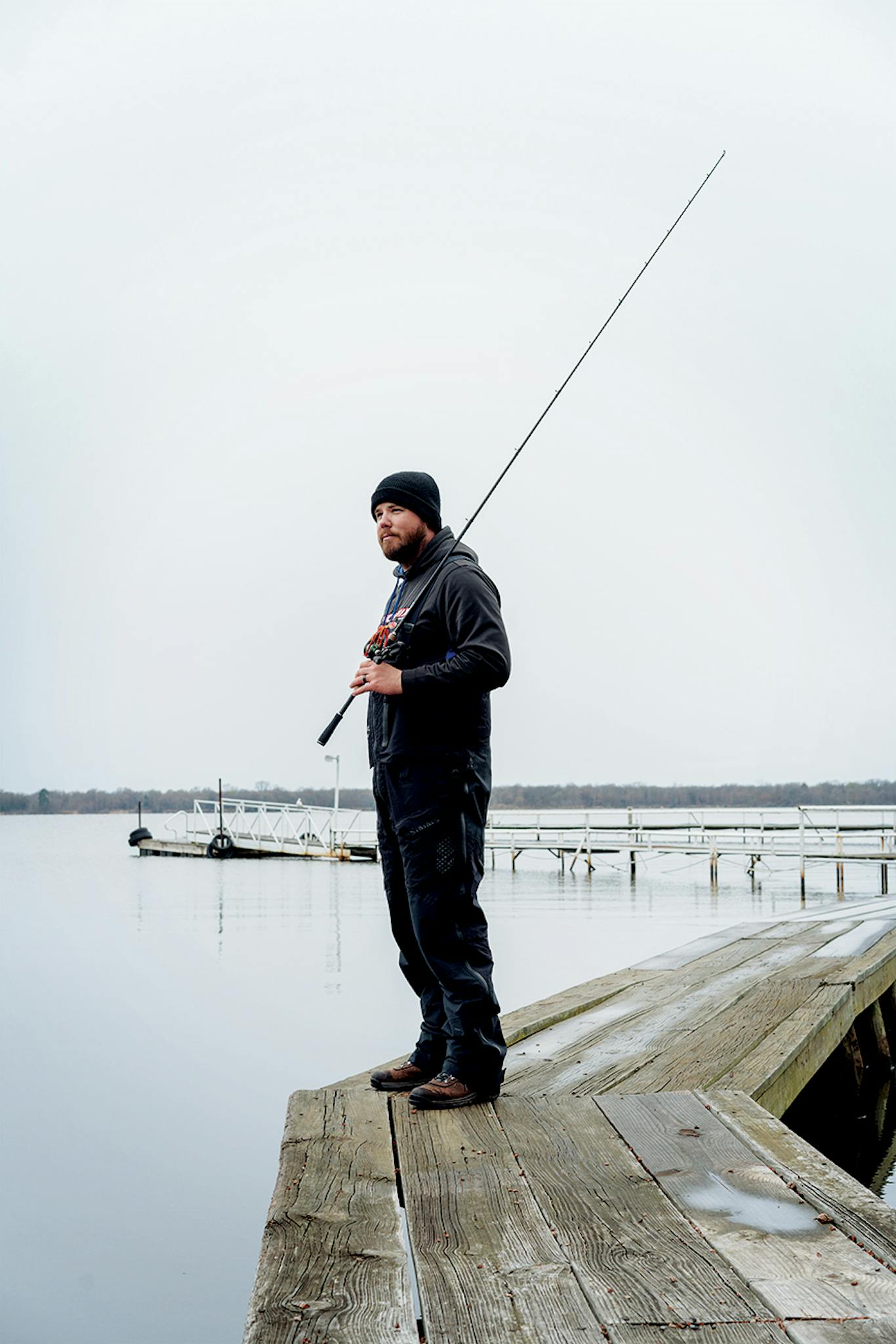
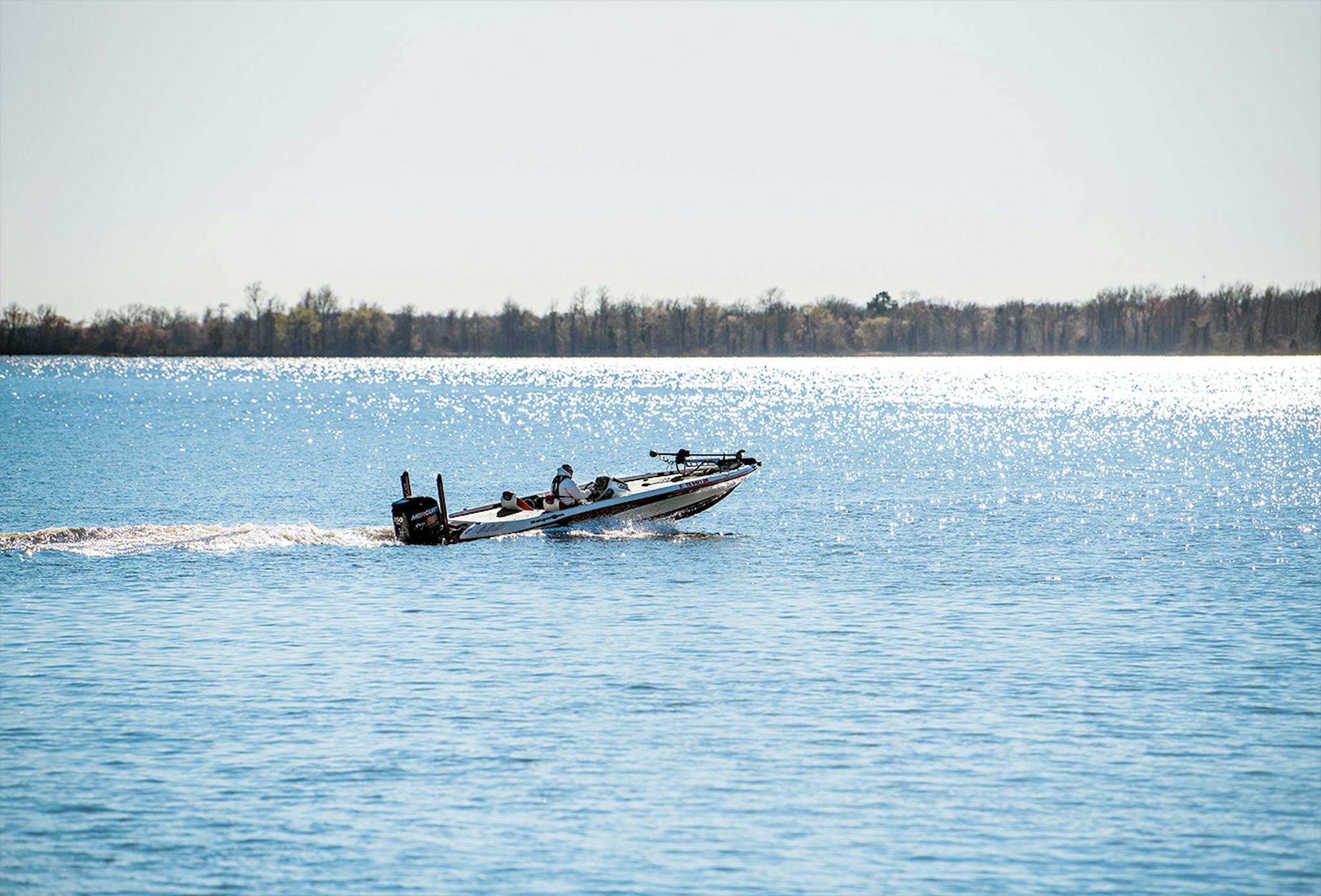
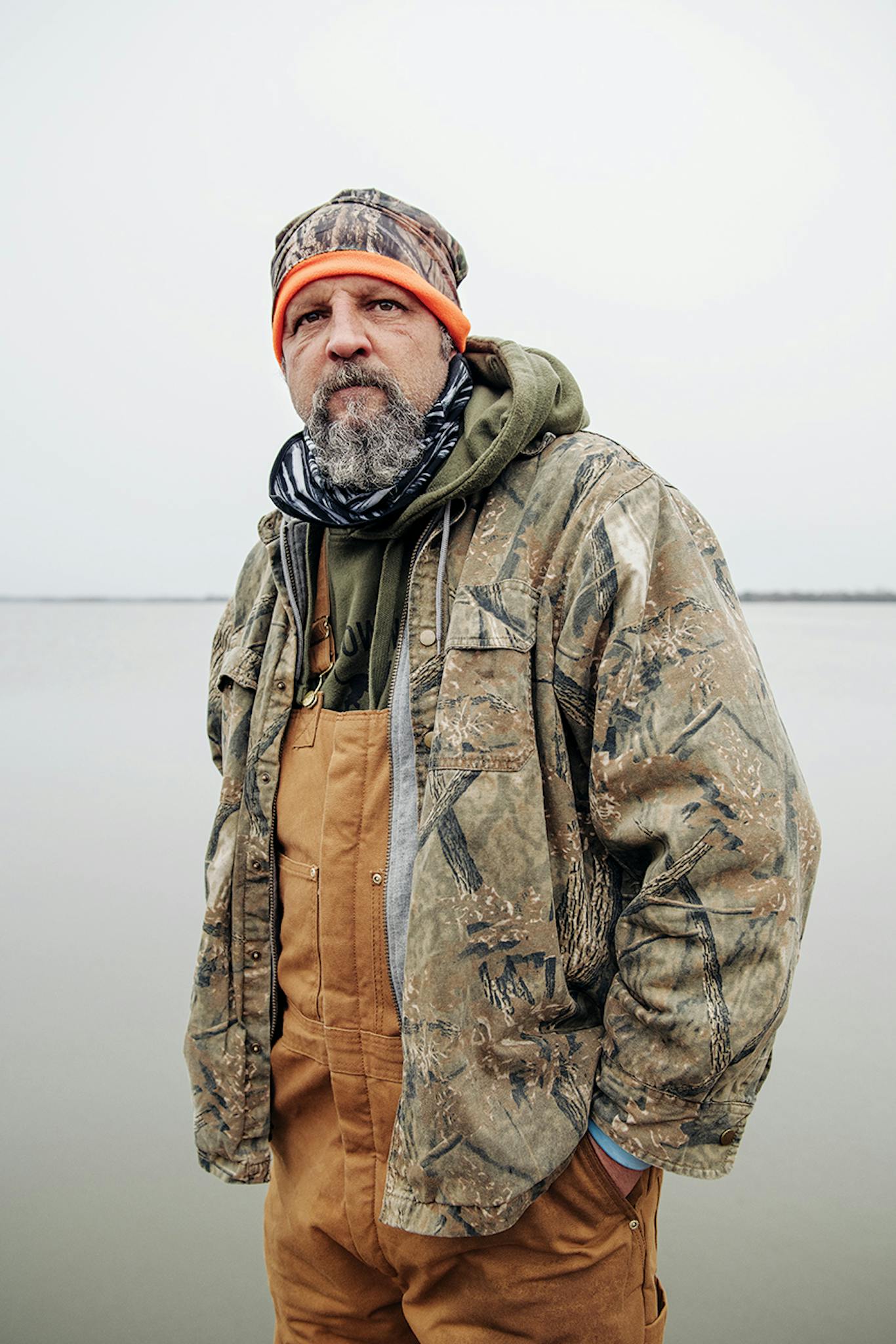
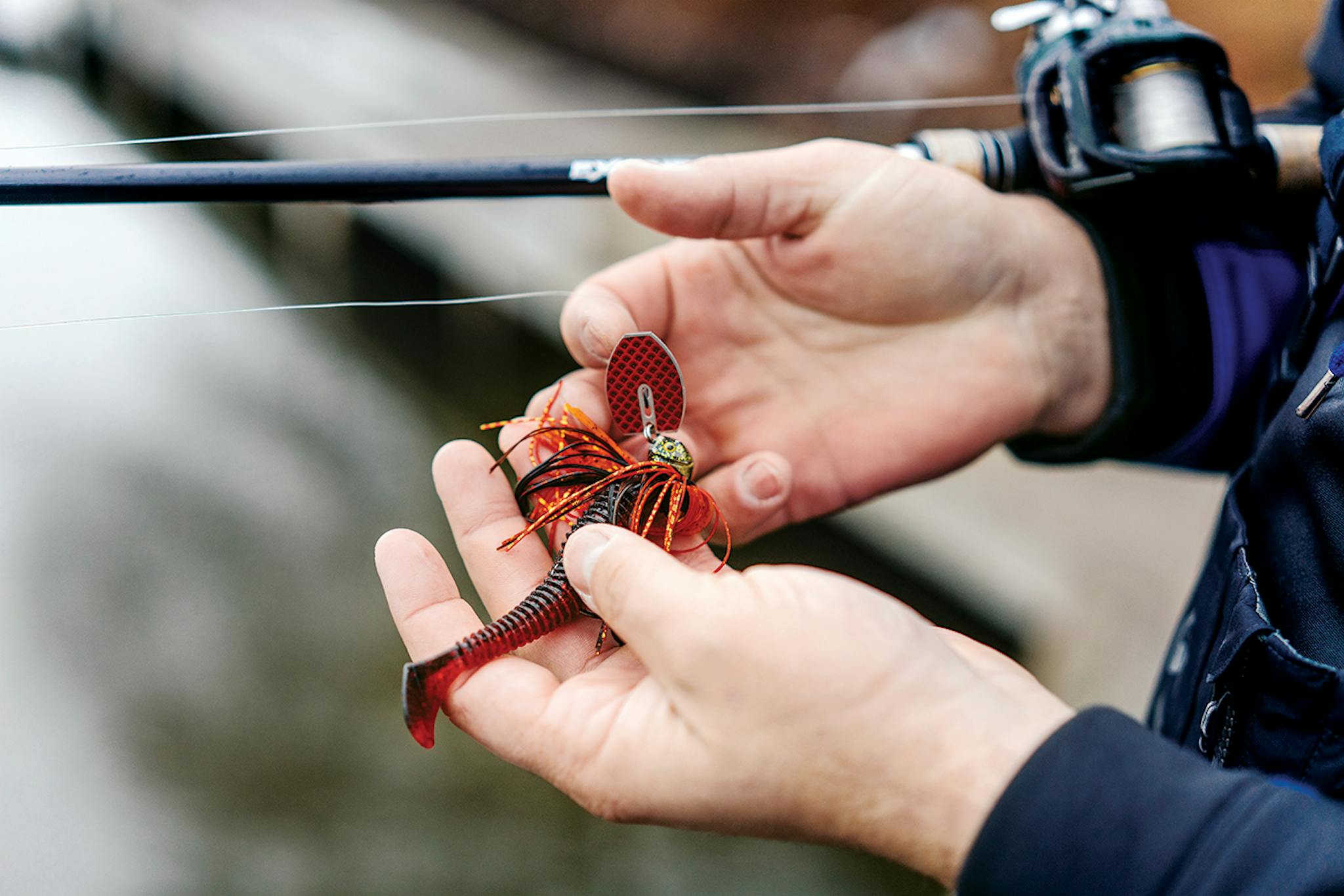
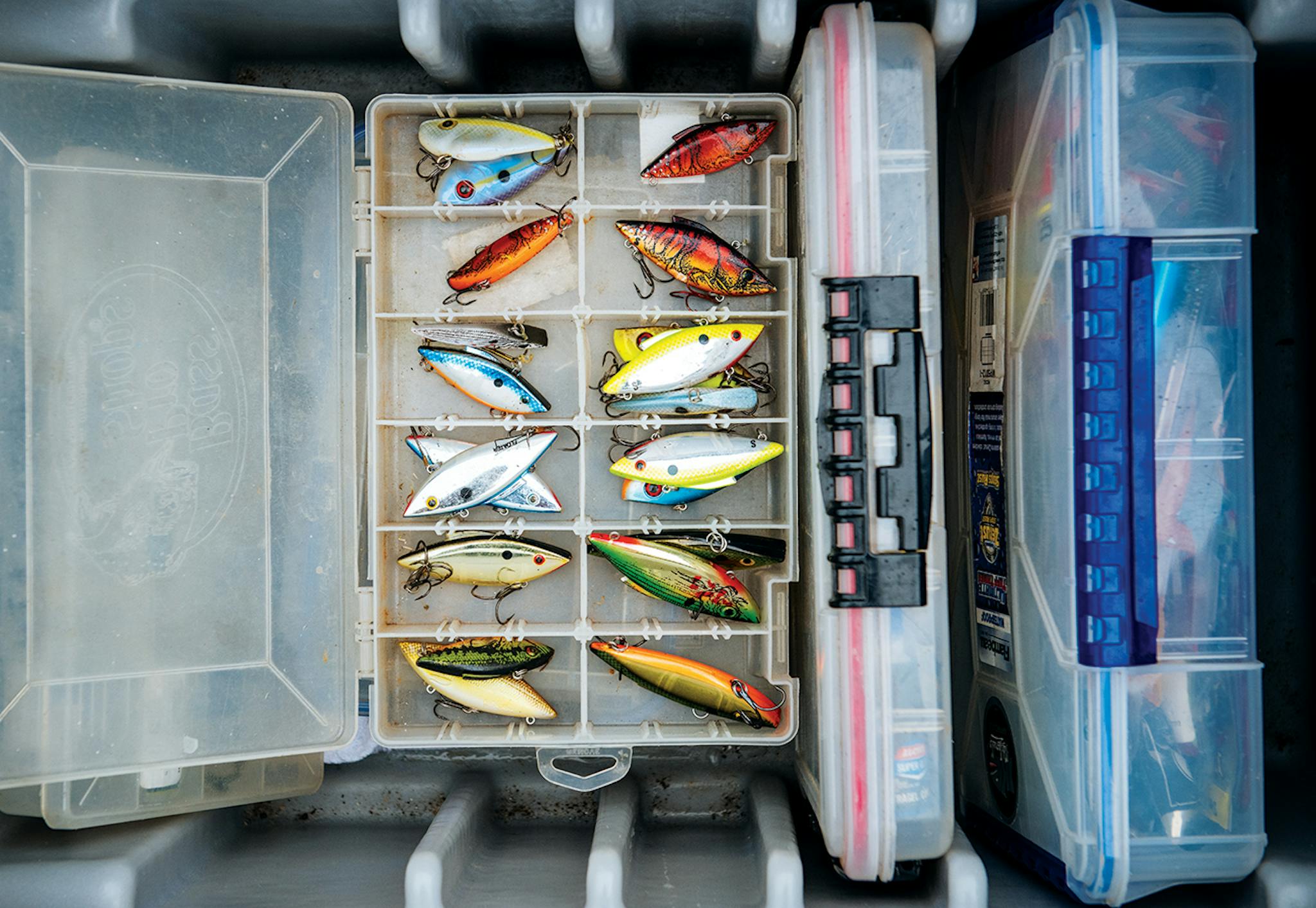
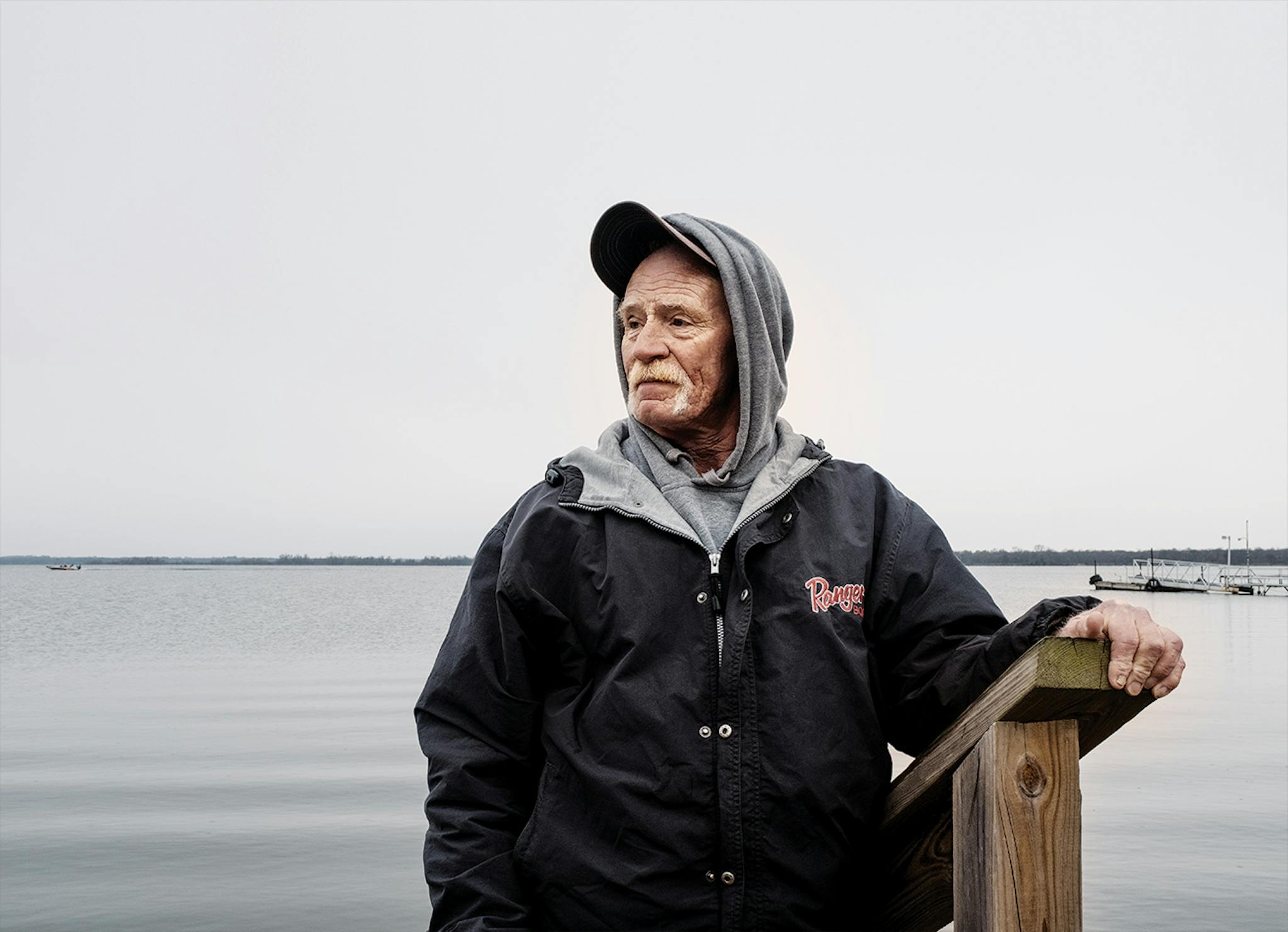
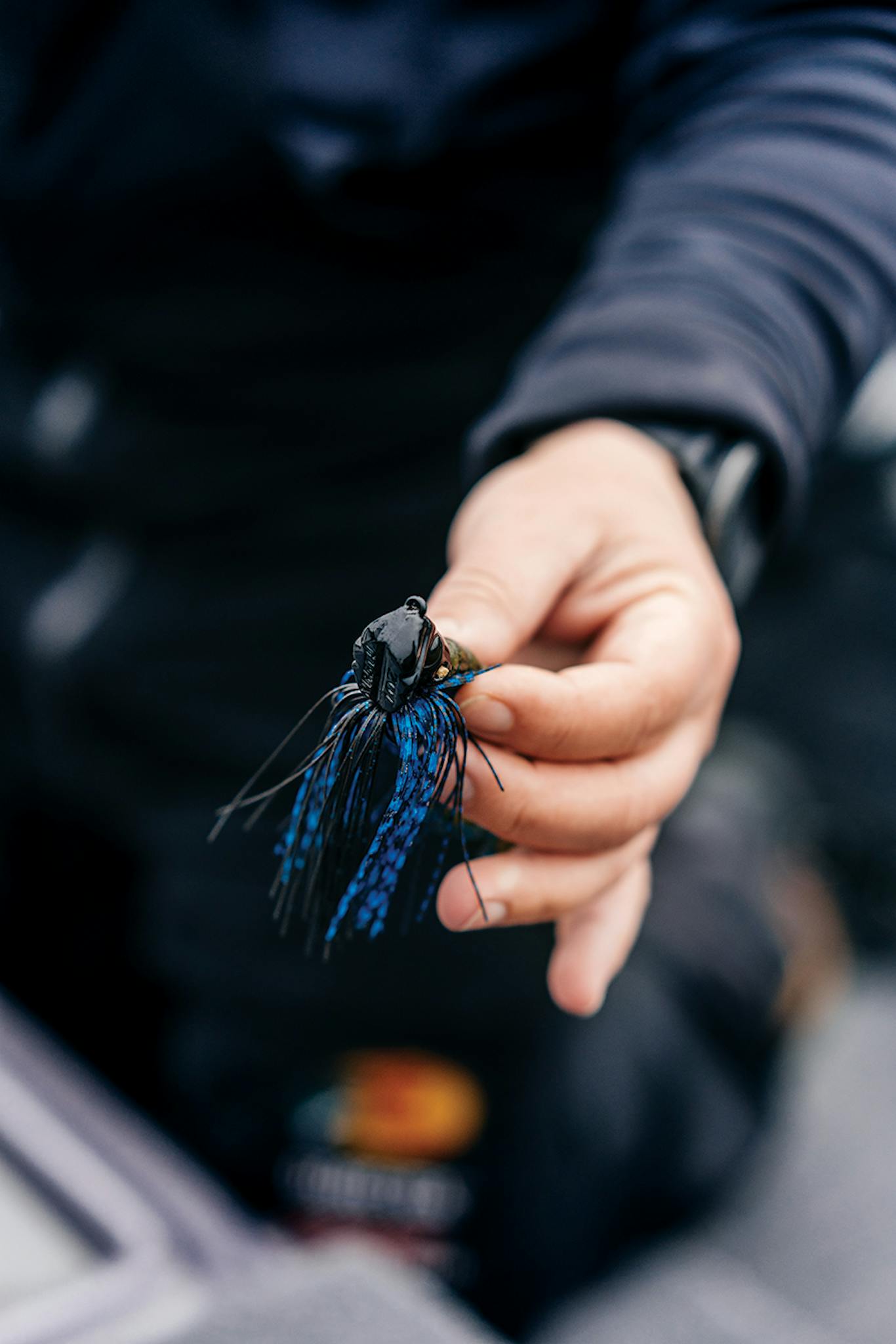
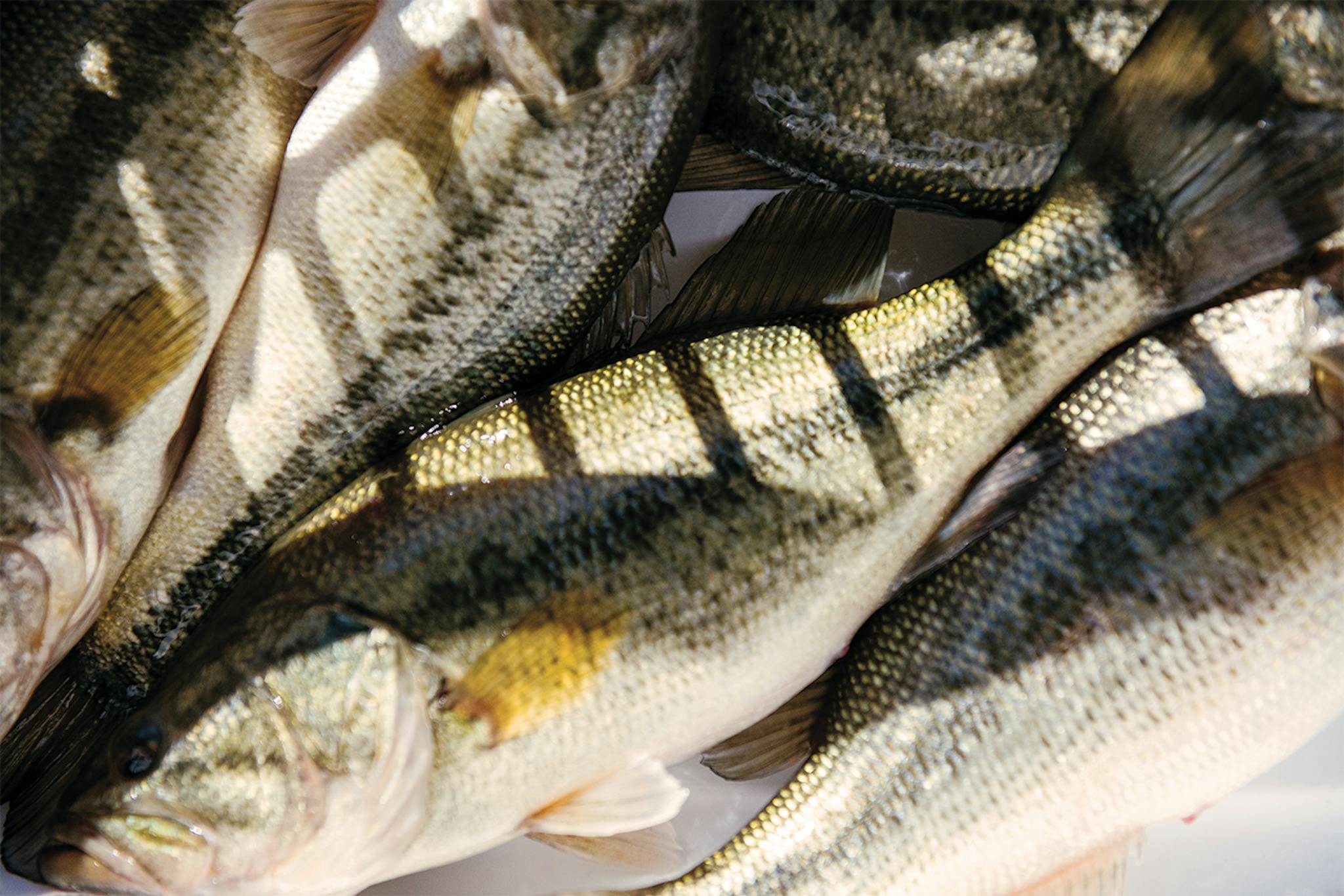
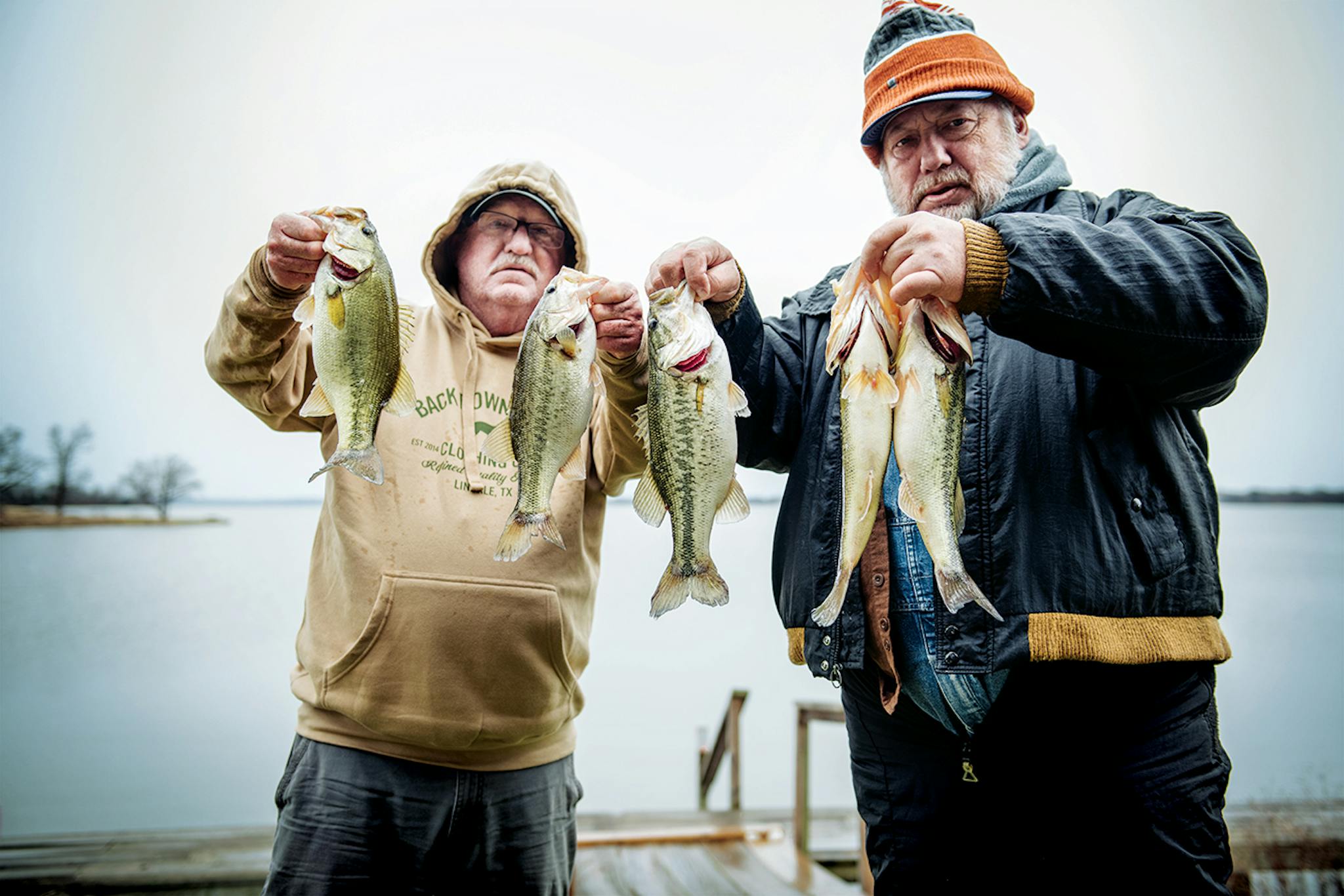
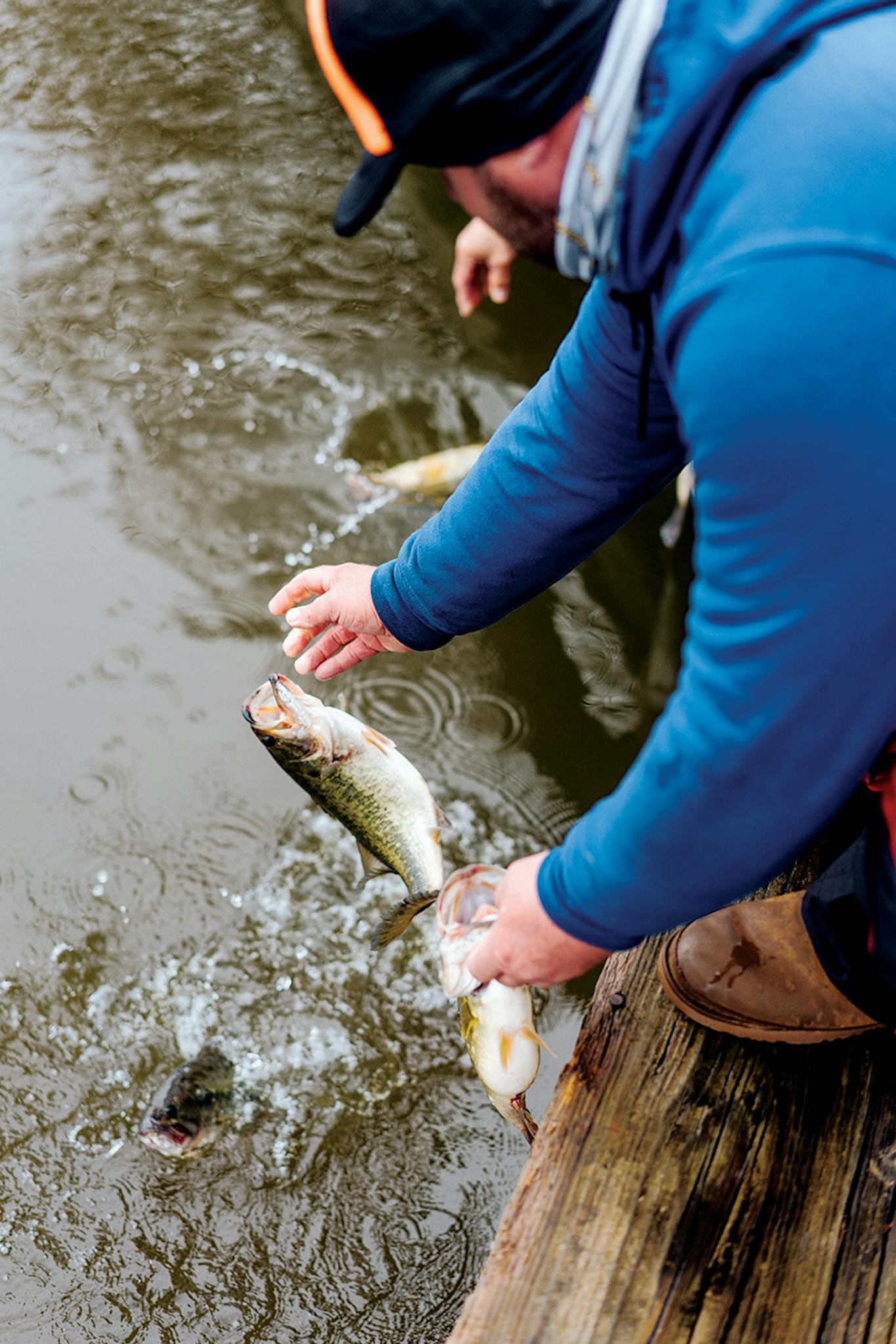
- More About:
- Hunting & Fishing
- East Texas







